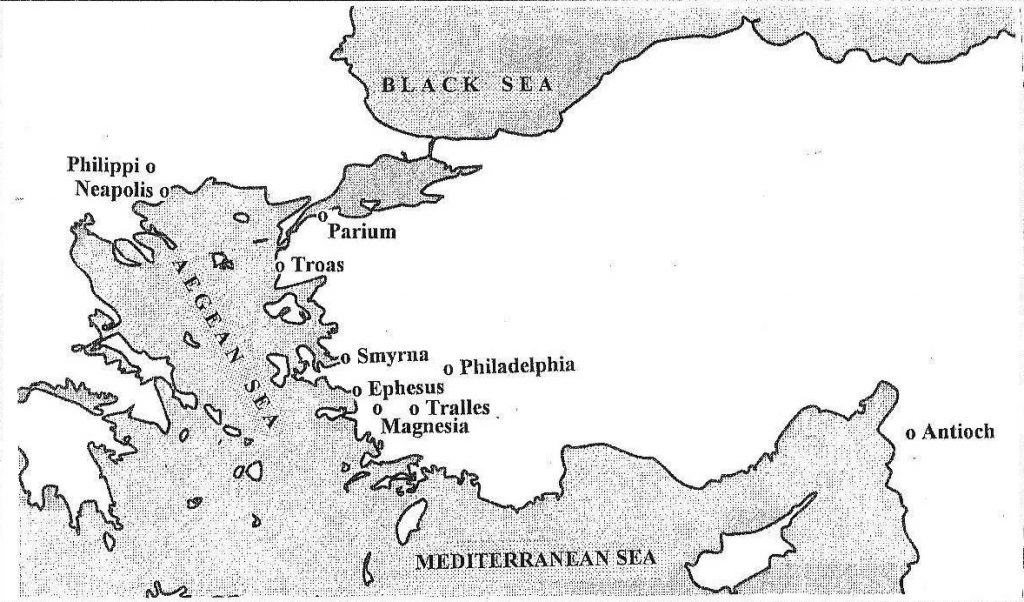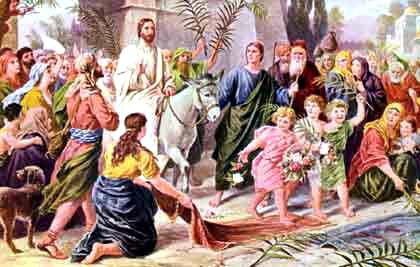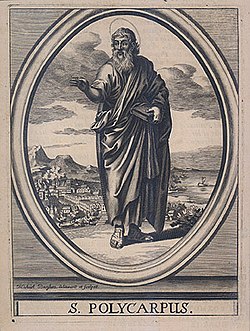
I used to be always a little troubled or at least mystified by the way the author of the Gospel of Matthew found “a prophecy” for Herod’s “slaughter of the innocents” (all the infants two years old and under) in Bethlehem in hopes of killing off the one born to replace him as king of the Jews. The prophecy of this event was found in this verse in Jeremiah 31:15, but that passage is not a prediction of anything. Was Matthew twisting scriptures or what?
Matthew 2:16-18
16Then Herod, when he saw that he was mocked by the wise men, was exceeding wroth, and sent forth and slew all the children who were in Bethlehem and in all the region thereof, from two years old and under, according to the time which he had diligently inquired of the wise men.
17Then was fulfilled that which was spoken by Jeremiah the prophet, saying,
18“In Ramah was there a voice heard, lamentation and weeping and great mourning, Rachel weeping for her children and would not be comforted, because they are no more.”
To get some idea of why this particular prophecy is at the least a little mystifying, here is the verse in Jeremiah’s context: Continue reading “Gospel Prophecy (and History) through Ancient Jewish Eyes: The Massacre of the Innocents”






 3rd post in the series by Roger Parvus. The complete series is archived
3rd post in the series by Roger Parvus. The complete series is archived